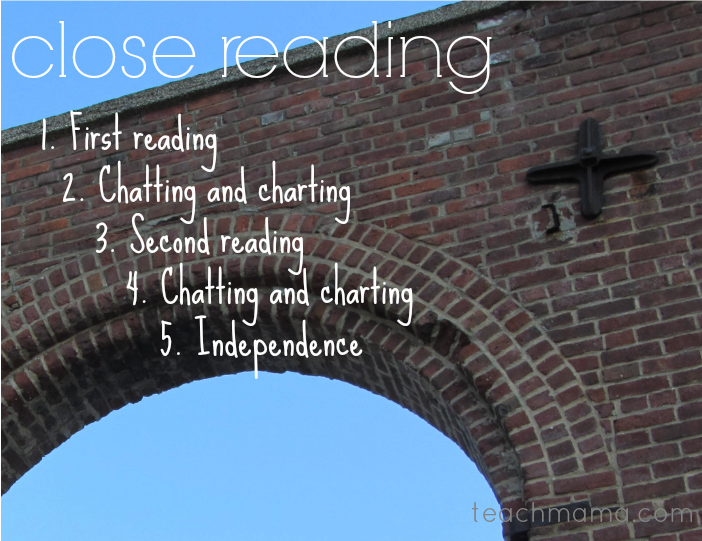Soul Searching?
http://wchs.pasco.k12.fl.us/wp-content/uploads/wchs/2013/02/kitread1.jpg
When we first got the assignment, I was a little weary. One word that changes meaning throughout an extended piece of literature. It seems quite daunting and somewhat time consuming. I also enjoy reading a novel without consciously trying to figure out its hidden meaning. However, once I finish a novel it always seems like I have dissected it unconsciously, like it is just written in my DNA to be able to figure out that this actually means this and that really does mean that. So, this assignment was not something I was necessarily looking forward to.
I actually had started the assignment before the list of words were given, so I started off following a multitude of words that stood out to me. Soul and Footage were two of my more popular ideas. Cayce kept mentioning her soul and it seemed like an intriguing idea that maybe what she means by soul is entirely different than what we think. I followed it for a bit and I kept underling footage along with it in the text as well. Then when we got the list of words to think about I realized when I went back and looked at my book that I had unconsciously also been dissecting the word footage throughout the novel. Yes, I consciously underlined it, but when I thought about why I had, I found my entire argument for this assignment. My brain had somehow latched on to patterns associated with the word footage without my knowing it because I was focused on soul.

http://jmurdoch.com/wp-content/uploads/2014/02/Unconscious-Writing.png
This cartoon kind of says it all. I found myself with a topic for my paper and I had been writing it unconsciously for days.
Last semester I was in the English class Critical Writing about Literature with Professor Coombs. He had us read a series of poems the first half of the semester and do a “close reading” of them as a class. Then for our first major assignment, he asked us to choose our own poem and then choose one word from that poem and use that word to decipher the meaning behind it. Essentially, he asked us to do a smaller version of what we are doing for this paper. It was a real learning experience for me because I picked a word that stood out to me and then found that I read the poem entirely wrong. My argument was good enough to get me a B on the paper but I still misread the poem and the meaning of the word. Then, we read a novel and went through “close read” that as a class as well. We found themes and words that meant different things. We looked at how the author used words and metaphors. We tore the novel apart. He then asked us to choose three sentences in the novel. He asked us to use those sentences to explain the author’s intent. It was the hardest paper I had ever had to write. The one word in a poem was a hard paper for me at the time but three sentences in a 300 page novel that, in itself, was confusing was torture.
I struggled with my argument and finding my voice in that paper. For this paper, it is a nice mix of the two assignments. It was much easier for me to follow one word through out the novel and decipher what it means in regards to the literature. I could focus on one thing and surround my argument around it whereas with the three sentences with one meaning, each sentence had to play off each other. It is really hard to pick three sentences in a series of thousands that perfectly say what you want to. Following a word throughout a novel that changes in meaning depending on where you are in the story just seems easier to me. I am thankful now that Professor Coombs gave us those assignments because it really did teach me about what to look for when doing a “close reading” and how to make a good argument based on that reading.
http://teachmama.com/wp-content/uploads/2014/01/summarizing-summarizing-close-reading-steps.png
Essentially in Coomb’s class this is what we did. We read the poem and then we talked about what we thought it meant, then we read it again. We then dissected it from top to bottom. After we had done that a sufficient amount of times, he let us go off on our own and use the skills we learned to do our own “close readings.”
This is not really how it worked for this assignment. For this assignment, for me, was more:
-
Find a few interesting words
-
Read the novel and underline the words
-
Think about how the words are associated with things in the book
-
Find an argument
-
Write the paper
So, there was no second reading and while we do chat about the book, this assignment is mostly independent. I think the steps for close reading are like the big picture outlines and steps like the ones I wrote above are the bullet points within them. These bullet points change depending on what the exact assignment is.

